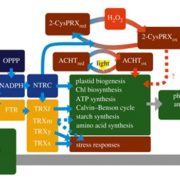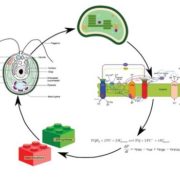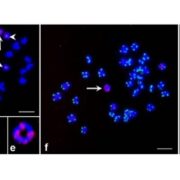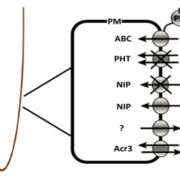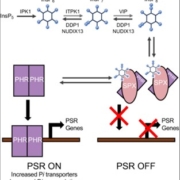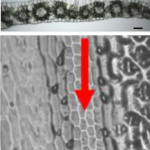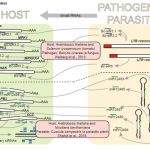Review: Mosses in biotechnology (Curr. Opin. Biotechnol.)
 Plant biotechnology often refers to crops and, more recently, algae, but biotechnology also applies to mosses. As Decker and Reski summarize, mosses have some of the same desirable features as algae, including a largely haploid lifecycle that facilitates genetic studies (including homologous recombination and gene editing), and culturability in photobioreactors. To date, moss biotech has produced a cosmetic ingredient, and several high-value pharmaceutical recombinant glycoproteins are being developed, as are protein-engineered biomaterials. Another project has been to produce fragrant moss as room freshners (available now in the US). Outdoors, moss-based biosensors have been developed for environmental monitoring. Finally, biotechnology is being applied to the problem of Sphagnum overharvesting. Because Sphagnum peat moss is an excellent addition to potting soil, it has been overharvested, leading to ecosystem degradation and loss of carbon storage. Fast growth in photobioreactors can accelerate the production of starting material for replacing it in what is described as ‘Sphagnum farming’. (Summary by Mary Williams) Curr. Opin. Biotechnol. 10.1016/j.copbio.2019.09.021
Plant biotechnology often refers to crops and, more recently, algae, but biotechnology also applies to mosses. As Decker and Reski summarize, mosses have some of the same desirable features as algae, including a largely haploid lifecycle that facilitates genetic studies (including homologous recombination and gene editing), and culturability in photobioreactors. To date, moss biotech has produced a cosmetic ingredient, and several high-value pharmaceutical recombinant glycoproteins are being developed, as are protein-engineered biomaterials. Another project has been to produce fragrant moss as room freshners (available now in the US). Outdoors, moss-based biosensors have been developed for environmental monitoring. Finally, biotechnology is being applied to the problem of Sphagnum overharvesting. Because Sphagnum peat moss is an excellent addition to potting soil, it has been overharvested, leading to ecosystem degradation and loss of carbon storage. Fast growth in photobioreactors can accelerate the production of starting material for replacing it in what is described as ‘Sphagnum farming’. (Summary by Mary Williams) Curr. Opin. Biotechnol. 10.1016/j.copbio.2019.09.021


